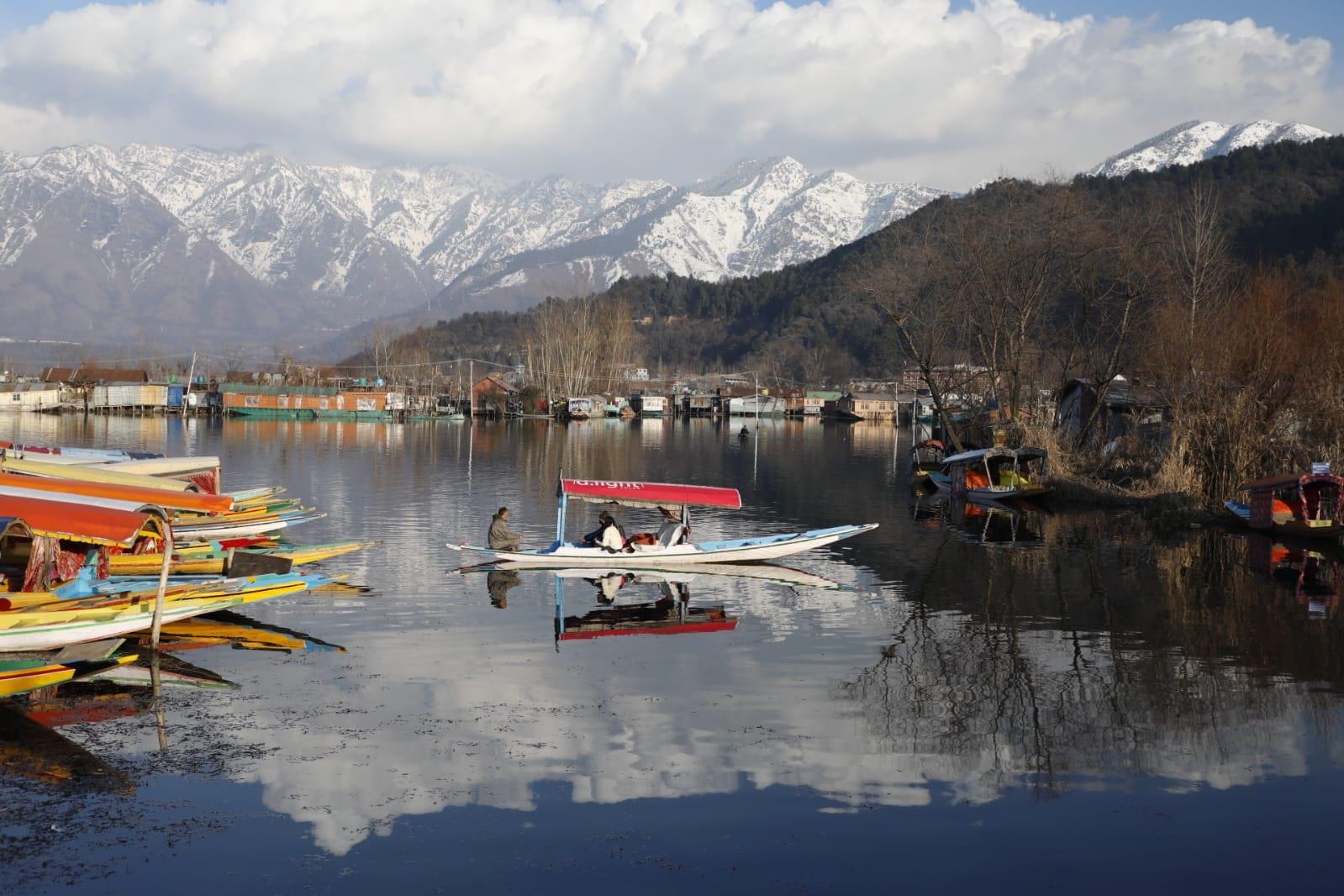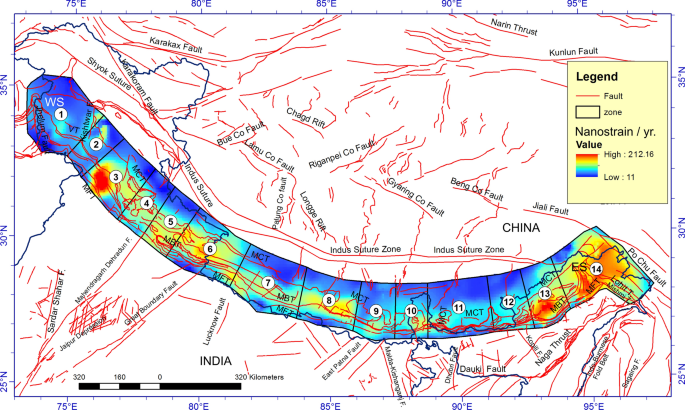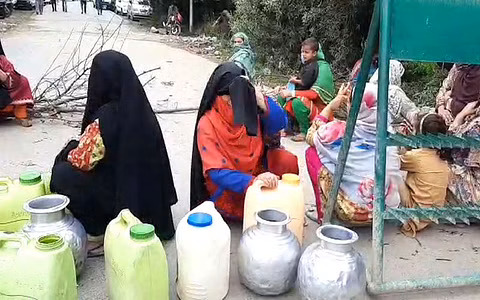This year, May and June saw early and unprecedented heat conditions across J&K. May, June, and July months were the warmest.
September would be one of the driest months of the year for Jammu and Kashmir as well as Ladakh as there is no prediction of any major precipitation for the first two weeks of the month.
“Climatologically also, September is the driest month of the year for J&K and Ladakh. No significant weather expected for next 2 weeks,” MeT Director Sonam Lotus wrote on X (Formerly twitter) on Thursday.
The announcement comes despite the fact that severe heat wave conditions have been consistently reported since the beginning of the summer season in Kashmir and the mercury touched 34.6 degrees Celsius in Srinagar.
Other areas of J&K also recorded high temperatures even as the Meteorological Department predicted respite in heat wave from August 25 onwards.
This year, May and June saw early and unprecedented heat conditions across J&K. May, June, and July months were the warmest.
Though heat waves over large parts of north and central India is an annual phenomenon in May, the maximum temperatures in areas of Delhi and Jammu and Kashmir have been unusually high.
Urban areas like Srinagar recording day temperatures in the 30-40 degrees Celsius range is abnormal and was aggravated by contributions from other local weather, and anthropogenic and man-made factors.
Western Disturbances, which bring rainfall and cloudy skies to J&K and regulate temperatures at this time of the year, have been feeble and lacked sufficient moisture, keeping the temperature high.
In absence of cloud cover, temperatures can soar with the solar radiation, while dry westerly winds do not bring any moisture.
The MeT data revealed that the precipitation in J&K, due to Western Disturbances and monsoon, was 171.4 mm in the 43 days starting June 1 this year as against 135.2 mm rainfall normally reported in the region during the period.
The data revealed that the precipitation in J&K, due to Western Disturbances and monsoon, was 171.4 mm in the 43 days starting June 1 this year as against 135.2 mm rainfall normally reported in the region during the period.
The MeT said the rainfall was more than normal in both Kashmir as well as Jammu divisions.
Jammu division’s 10 districts recorded 235.6 mm average rainfall during the one and a half month, some 23.7 percent more than normal of 190.5 mm.
Similarly, the MeT said Kashmir valley’s 10 districts received a cumulative average rainfall of 107.2 mm, going 34.1 percent above normal from the usual rainfall of 80 mm.
In the second week of July, J&K faced a flood-like situation after heavy rainfall for two days.
The water level of River Jhelum in Kashmir had breached the flood alert levels in south Kashmir and Srinagar following two days of intermittent rains from July 7.






